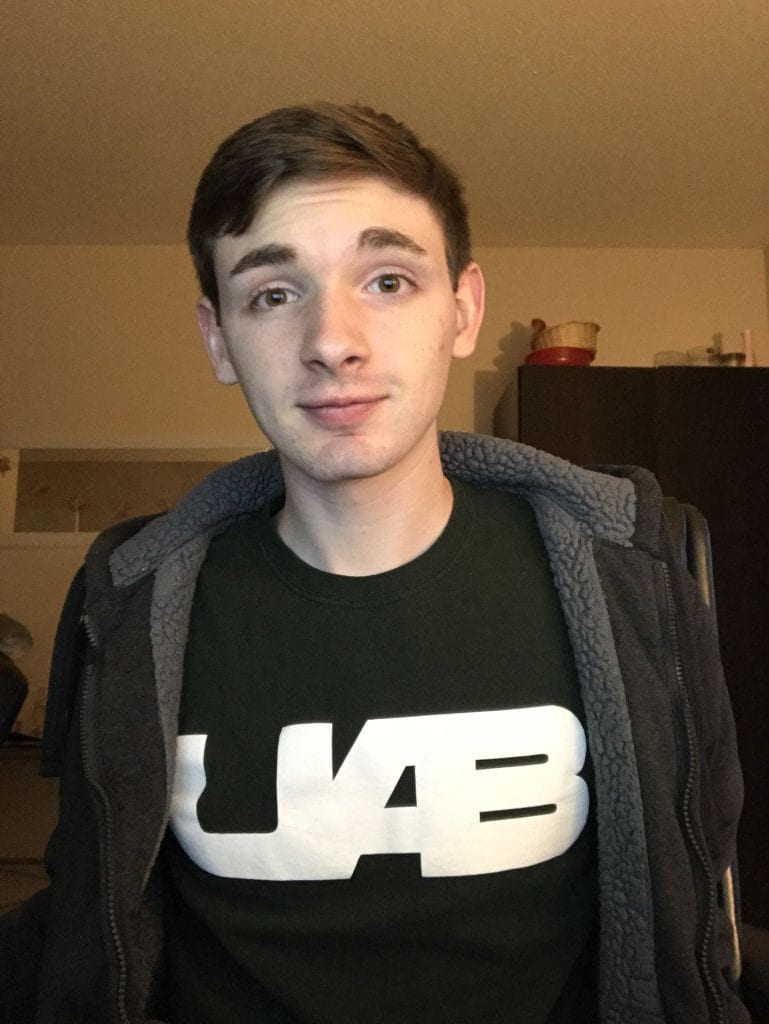
Have you ever thought about what it would be like to be mentored in the professional writing world? Well, I had the chance to be mentored by the director of the Writing Center, Dr. Jaclyn Wells. It was a requirement of the English 301 Course: Reading, Writing, and Research.
The course is designed to improve in-depth reading. Most students tend to overlook deeper messages hidden inside smaller ideas. This course features mentoring to help students as undergraduates and prepare them for life after college. Each student writes a 500-word essay describing their future career plan, then mentors are selected based on a student’s professional goals.
Get to Know Your Mentor
Mentors provide an indispensable service to students considering their lives after graduation. UAB offers a myriad of excellent opportunities for guidance, with professors who have extensive experience in the writing world. If you’re looking for a mentor, it is important to know your their background beforehand, so you can ask relevant questions and know what to expect.
Dr. Wells’ work has been featured in the Writing Center Journal, the Community Literacy Journal and WPA: Writing Program Administration. She even has a book that has been published, Partners in Literacy: A Writing Center Model for Civic Engagement, which was co-authored by Allen Brizee. Dr. Wells has given me many tips on how to be prepared for the world of professional writing.
Take Notes on Their Advice
Dr. Wells gave advice that was simple and to the point. Her first tip for me was, “Internships are incredibly useful for professional writing, actually any sort of real world experience with writing is great and to have a portfolio by the end of college is helpful as well.”
Internships can provide you with real-world experience that will look great to long-term employers. She went on to mention that nonprofit organizations can benefit students tremendously. Nonprofits look great on résumés because it is close to volunteering and service work.
Save Your Work
Dr. Wells emphasized the value of a portfolio, which highlights your skills and helps potential employers know what kind of work to expect from you. Even if you’re not sure it is “good enough,” you should keep your work saved. “Obsessively hold on to things, for people do not credit themselves enough. You should keep everything you have,” she said.
All work can be valuable. Dr. Wells believes that students too often discredit themselves when their work can be used in many ways. Never sell yourself short. You may miss out on the opportunity of a lifetime if you lack confidence in yourself.
Now You’re Ready
Now that you know how and what to do to stay afloat in the job searching process, don’t lose your determination. Even if you do not get every position you apply for—keep going. Sometimes it might feel like things will never work out, but just that know good things come to those who wait. It takes hard work to reach your career goals.
Professional writing majors face many obstacles. Get connected with others like you and find a mentor who has experience in the field you’re interested in. There will times when you feel like giving up on yourself. Just remember: winners never quit, and quitters never win.









